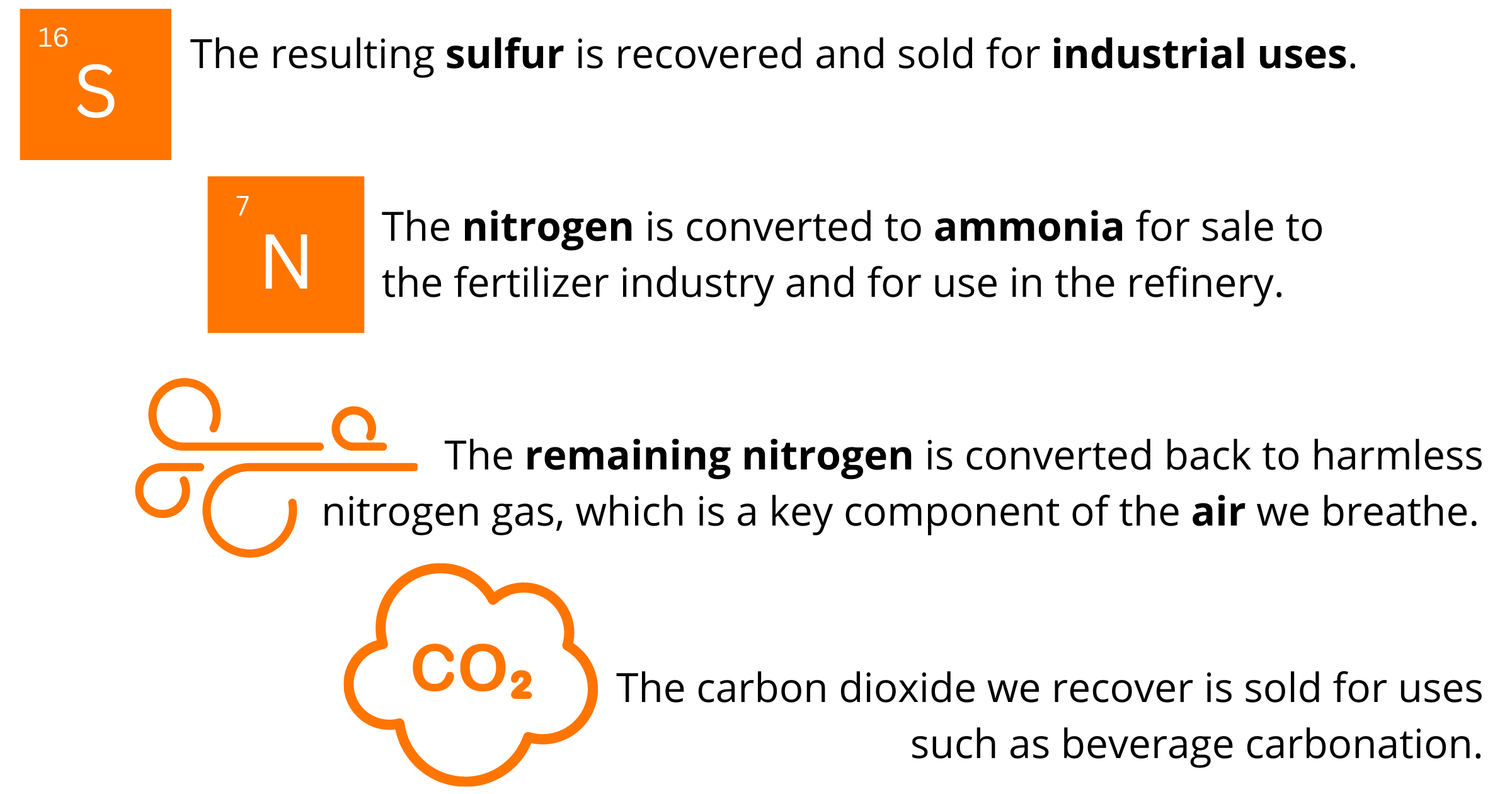Hello Californians!


Did you know CA has over 12,000 convenience stores and close to 10,000 gas stations?
Almost 90% of those stations are owned and operated by independent owners, not big oil!
Gas stations and convenience stores employ approximately 193,000 people!
If you also count the fuel tank drivers and other jobs related to fueling our cars, it is closer to 200,000 Californians.

The price that Californians pay at the pump is determined and affected by the following market factors:



Did you know that California is the most heavily regulated state in the nation?
As a prime example, simply look at the entire list of regulatory agencies and departments that impose rules and regulations on the fuels industry in California:

If you were wondering what some of the rules and regulations are, we've selected a few of the hundreds that our industry needs to manage every day so you can see for yourself the additional factors out of our control that add to the price of gas:


[Special thank you to Chevron El Segundo for this detailed explainer!]
Chevron El Segundo is committed to producing the finest fuels through its refining process. Whether pumped through pipelines or shipped thousands of miles in tankers, crude oil arrives at our refinery in its rawest form.
It is the job of the people who work here to convert that crude oil into fuel we can use – gasoline for cars, jet fuel for airplanes, diesel for trucks and trains, propane and butane for home heating and barbecues, and fuel oils, coke, and certain chemicals for industrial use.
The refining process starts in the distillation towers.







Credit to Chevron: https://elsegundo.chevron.com/our-businesses/the-refining-process

Fossil energy sources, including oil, coal and natural gas, are non-renewable resources that formed when prehistoric plants and animals died and were gradually buried by layers of rock. Over millions of years, different types of fossil fuels formed -- depending on what combination of organic matter was present, how long it was buried and what temperature and pressure conditions existed as time passed.
Today, fossil fuel industries drill or mine for these energy sources, burn them to produce electricity, or refine them for use as fuel for heating or transportation.
The Energy Department maintains emergency petroleum reserves, ensures responsible development of America’s oil and gas resources and executes natural gas regulatory responsibilities. In addition, scientists at the Energy Department’s National Labs are developing technologies to reduce carbon emissions and ensure fossil energy sources play a role in America’s clean energy future.
Credits: https://www.energy.gov/fossil


